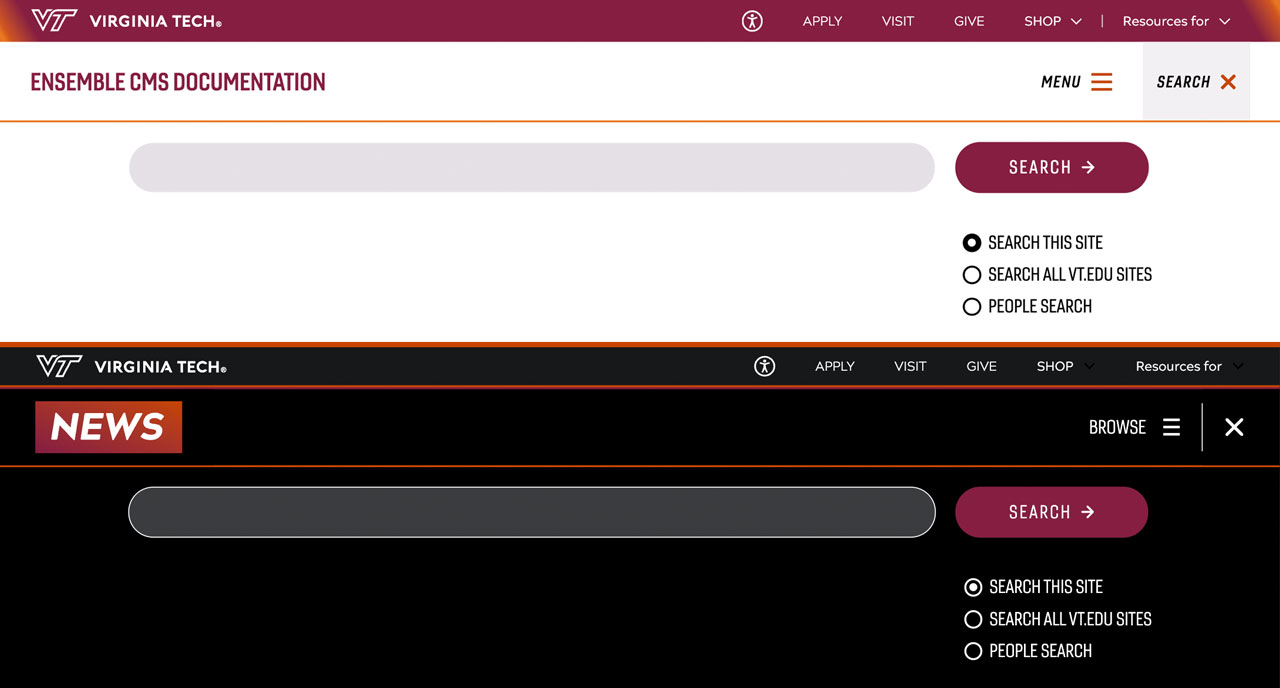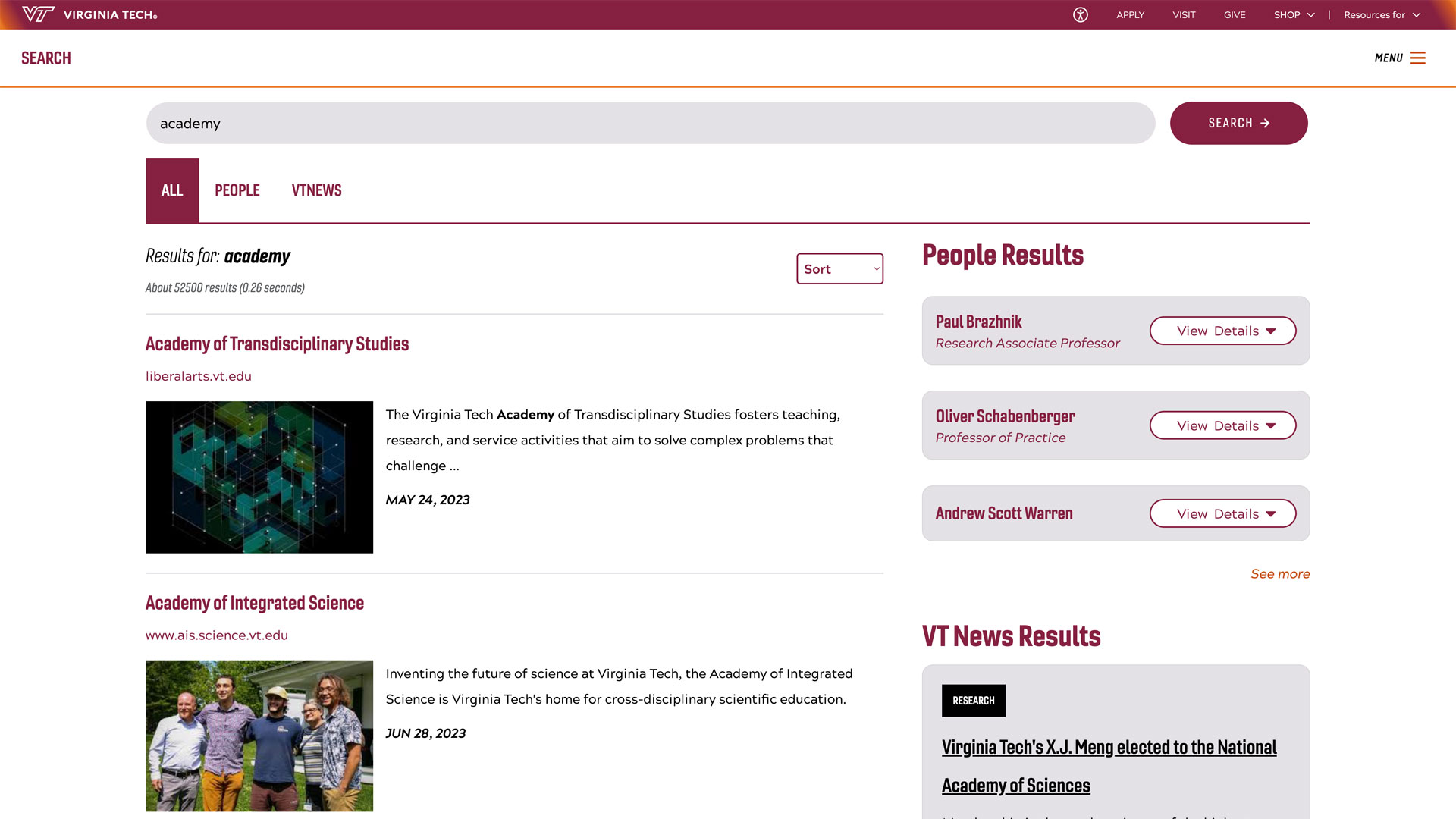Tips for protecting pumpkins from rotting before Halloween
Filled pumpkin patch

By Riley Petersen
Before carving your Halloween pumpkin this year, Virginia Cooperative Extension horticulture expert Ashley Edwards says it’s important to wait until pumpkins are fully mature before harvesting and to carve them as close to Halloween as you can to avoid early rotting.
“When picking your pumpkin, look for a deep, solid color. The shell should be hard and not easily punctured by a fingernail,” says Edwards. “Pumpkins can withstand a light frost, but you will want to harvest prior to an expected hard freeze.”
If you want your pumpkin to look fresh for the holiday, Edwards says to be sure to not carve too early. Before carving, she recommends washing the pumpkin with cool, soapy water, and then rinsing in a 10 percent bleach solution and letting it dry completely.
The tricky part comes, in keeping your pumpkin looking fresh. Edwards recommends the following advice to extend its lifespan:
After carving, submerge your pumpkin again in a 10 percent bleach solution for at least 8 hours. This can be helpful in killing off bacteria that can cause mold to grow and the pumpkin to rot faster.
You can seal any cuts by lining the inside of the pumpkin with petroleum jelly, which can prevent moisture loss. If you do this, do not use a real candle, but use a battery-operated candle instead since petroleum jelly is flammable.
To dispose of your pumpkin, Edwards says to add it to the compost pile as a good use of the leftover organic matter for future gardening. Other disposal ideas include:
If the pumpkin shell is still intact, and non-toxic decorative materials have been used, you can process and eat it.
Pumpkins can also be fed to livestock or local wildlife if no toxic decorative materials have been used.
For additional tips on how to keep a homegrown pumpkin disease free and healthy, visit the Disease Management Tool listed in the Home Grounds and Animals Pest Management Guide from Virginia Cooperative Extension.
About Edwards
Ashley Edwards is the Horticulture Extension Agent for the Virginia Cooperative Extension in Carroll, Grayson, and Wythe Counties. She serves the needs of producers including the production, harvesting, marketing and distribution of vegetables, small fruits, tree fruits, alternative specialty crops, and greenhouse crops. She also works with growers to assist them in attaining food safety certification such as USDA GAP and Harmonized GAP, as well as to comply with the Food Safety Modernization Act's Produce Safety Rule. More here.
Interview
To secure an interview with Edwards, contact Shannon Andrea in the media relations office at sandrea@vt.edu or 703-399-9494.




